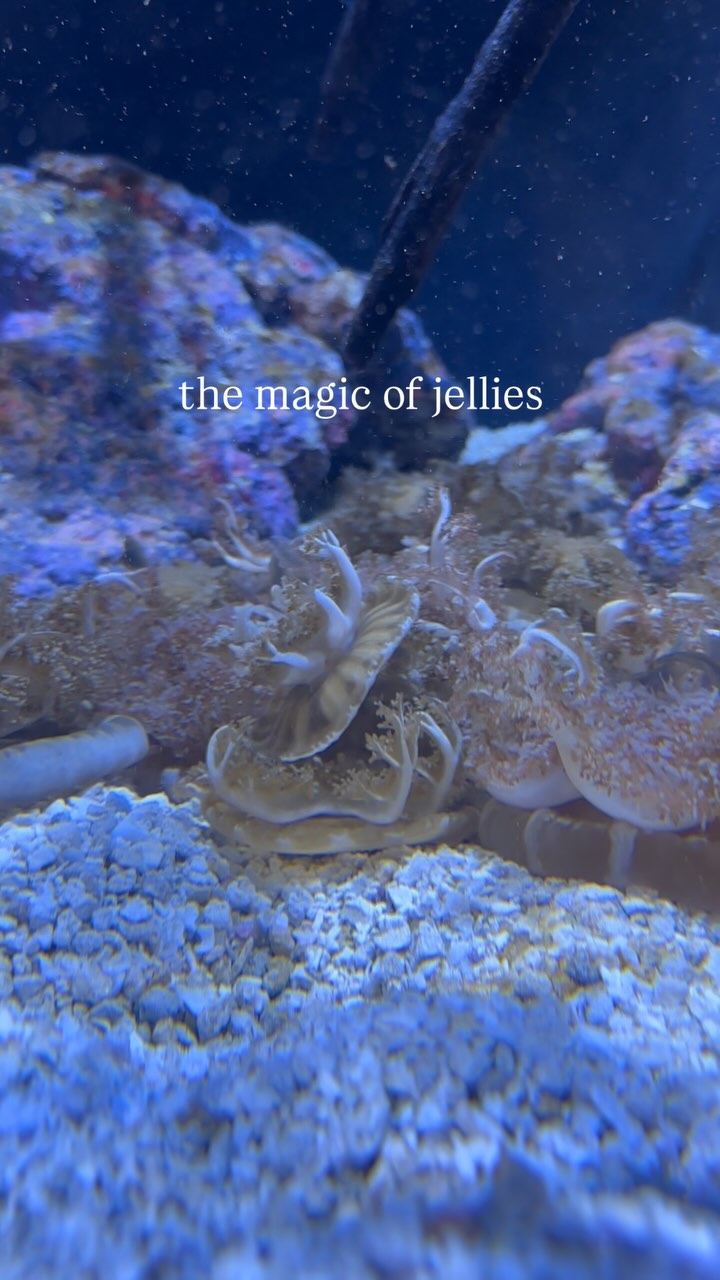- The captivating allure of jellyfish and their unique biological features.
- The ecological significance and habitat of jellyfish in marine ecosystems.
- The role of jellyfish in marine food webs and their interactions with other species.
- The challenges of maintaining jellyfish exhibits and their importance in education and conservation.
- Wildlife conservation efforts and the role jellyfish exhibits play in fostering environmental awareness.
The captivating allure of jellyfish lies in their graceful, hypnotic movements and ethereal forms. These ancient creatures have floated through the oceans for over 500 million years. Despite their delicate appearance, jellyfish are resilient and play a crucial role in marine ecosystems. Their gelatinous bodies, composed mostly of water, are marvels of simplicity and efficiency. With no centralized nervous system or heart, they navigate the ocean currents in a manner that appears almost mystical.
Jellyfish exhibit a fascinating array of biological features. They possess specialized cells called cnidocytes, which contain venom-laden nematocysts for capturing prey and defending against predators. This system is a testament to their evolutionary success, allowing them to thrive in various marine environments. Understanding these anatomical and physiological traits enhances our appreciation of their place in the aquatic world.
Ecologically, jellyfish are vital participants in marine ecosystems. They inhabit a wide range of oceanic zones, from surface waters to the deep sea. Their populations often bloom in response to environmental conditions such as temperature and salinity changes, sometimes forming massive swarms that can dominate their surroundings. These blooms can have both positive and negative impacts on marine life.
Jellyfish serve as prey for a variety of marine species, including sea turtles, certain fish, and seabirds. Their presence provides an essential food source, supporting the survival and growth of these organisms. Conversely, jellyfish can also exert pressure on fish populations by preying on eggs and larvae, thereby influencing commercial fisheries. This dual role highlights the complex dynamics within marine food webs.
Maintaining jellyfish exhibits in aquariums requires innovative techniques and careful planning. Their delicate nature demands specialized tanks with unique water flow systems replicating ocean currents to keep the jellies suspended and healthy. These displays offer a mesmerizing window into the underwater world, captivating visitors and igniting a sense of wonder.
The educational potential of jellyfish exhibits is immense. They provide an opportunity to educate the public on marine biology and the importance of protecting ocean habitats. Visitors can learn about the life cycles of jellyfish, their ecological roles, and the consequences of human activities on marine environments. This knowledge fosters a connection to the ocean and emphasizes the need for conservation.
Wildlife conservation efforts are essential to preserving marine biodiversity. Jellyfish exhibits play a significant role in this process by raising awareness and inspiring action. Through education and outreach, these exhibits encourage sustainable practices that benefit both jellyfish populations and the broader marine ecosystem.
Incorporating jellyfish into conservation messaging helps highlight the interconnectedness of all marine life. As climate change and pollution threaten ocean health, understanding the resilience and adaptability of jellyfish becomes increasingly important. By showcasing these extraordinary creatures, aquariums can engage the public in meaningful discussions about environmental stewardship and the impact of human activities on the natural world.
The magic of jellies, with their graceful, hypnotic movements and otherworldly presence, continues to captivate audiences. Through dedicated exhibits and educational programs, we can deepen our understanding of these remarkable animals and their crucial role in ocean ecosystems. This knowledge not only enriches our appreciation of marine biodiversity but also empowers us to act as stewards of the environment. By fostering awareness and inspiring change, jellyfish contribute to a more sustainable future for all marine life.
*****
Source Description
Graceful, hypnotic, and otherworldly – that’s the magic of Jellies:
Explore our new spellbinding exhibit with the link in our bio


